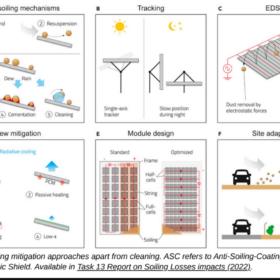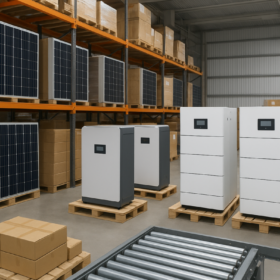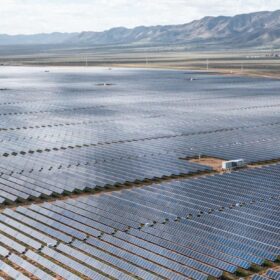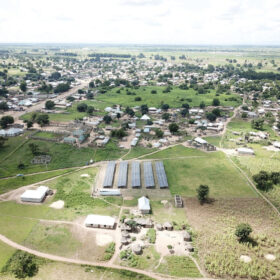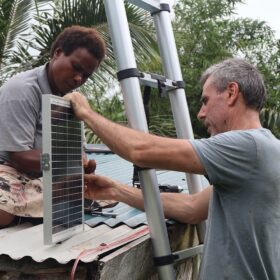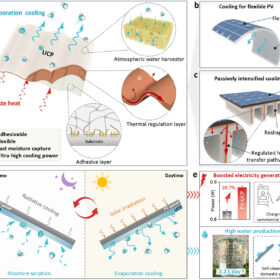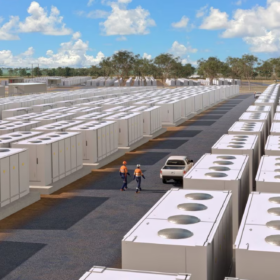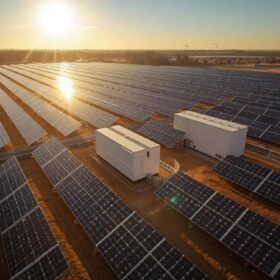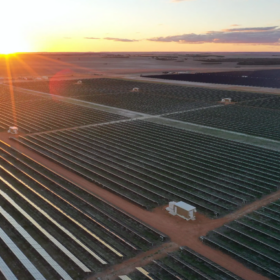IEA-PVPS warns soiling costs solar industry billions per year
The International Energy Agency’s Photovoltaic Power Systems Programme says dust, pollution, and debris on solar panels reduce output by 4% to 7% worldwide, costing the industry billions of dollars annually and making tailored mitigation increasingly urgent.
Impact of sunlight spectral shifts on bifacial perovskite-silicon tandem solar cells
Experts from the International Solar Energy Society explain how regional spectral shifts of the standard spectral distribution of sunlight bring new insights into the performance of bifacial perovskite-silicon tandem solar cells.
Sky is the limit for EL drone testing
Infrared drone inspections are now routine for solar projects, but post-installation electroluminescence testing remains misunderstood and underutilised. With good planning and execution, EL’s ability to detect microcracks, early-stage degradation, and installation-induced damage can lead to meaningful results.
Honeywell introduces all-in-one, modular BESS for C&I segment
Honeywell has launched its Ionic battery energy storage system with integrated controls and energy management. The system is designed to cut energy costs, stabilize the grid, and provide backup power.
S&P Global unveils Tier 1 module, inverter, battery supplier list
S&P Global’s first 2025 Tier 1 Cleantech Companies list ranks 63 solar, wind, inverter, and battery suppliers by technology, financial health, and sustainability to guide investors and developers.
Fastest energy transformation in history is well underway
It’s increasingly common to hear from experts and the general public that the global shift away from fossil fuels is glacially slow, or even nonexistent but we’re already rocketing through the fastest energy transformation in human history.
Digital transformation in off-grid solar: A comprehensive roadmap for practitioners
As off-grid solar systems expand to serve remote and underserved communities worldwide, digitalisation has become a crucial need for efficient project development, implementation, and long-term sustainability. A new report from IEA PVPS Task 18 systematically explores digital tools across the entire off-grid energy project value chain, providing much-needed guidance for practitioners looking to optimise their operations.
Dutch teams dominate world solar challenge claiming top two positions
The Netherlands Brunel Solar Team have crossed the Bridgestone World Solar Challenge finish line in Adelaide, i first place, after travelling 3,021 kilometres from Darwin to the South Australian capital, at an average speed of 86.6 kph, and just shy of 35 hours on the road.
Can the Asia-Pacific region deliver clean, affordable energy by 2030?
The future of the global energy landscape will be shaped by Asia and the Pacific. Over the past two decades, our region has been the principal driver of global energy demand and emissions. Energy has powered prosperity, lifted millions out of poverty and transformed societies.
Researchers develop ultra-cooling patch to reduce PV module temperature
Scientists in Hong Kong have developed a patch that effectively cools down PV panels and utilises waste heat for freshwater production and reportedly increasing maximum power density by over 28% in a folded version of the ultra-cooling patch.
